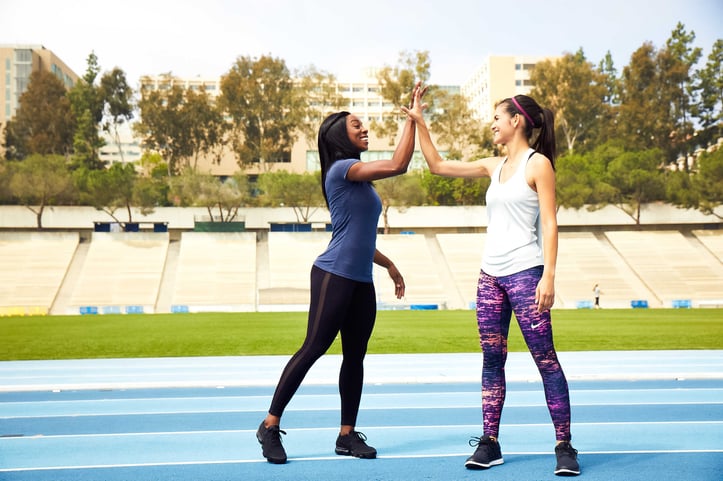Exercise for Kids: Benefits, Risks, & Expert Tips for Healthy, Happy Movement
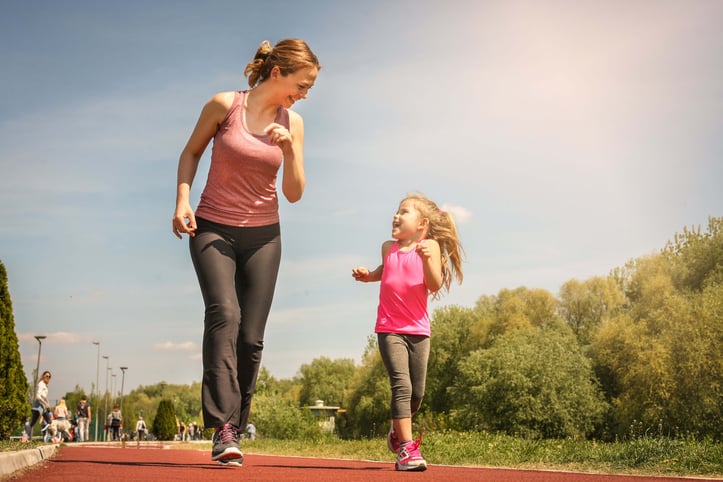
Exercise for Kids: Benefits, Risks, & Expert Tips for Healthy, Happy Movement
For parents, watching kids run, jump, and play feels like pure joy—but it’s also critical for their development. Exercise isn’t just "playtime"; it’s a cornerstone of childhood health. Let’s break down the science, address common risks, and share actionable tips to keep kids moving safely and happily.
The Science: Why Exercise Matters for Kids
The American Academy of Pediatrics (AAP) recommends 60+ minutes of daily physical activity for children ages 3–18. This isn’t arbitrary—research shows exercise fuels growth in three key areas:
-
Physical Development:
- Bone Strength: Weight-bearing activities (running, jumping) stimulate bone mineral density, reducing future fracture risk (Journal of Pediatrics, 2021).
- Metabolic Health: Regular movement lowers childhood obesity rates (CDC data: 1 in 5 kids are obese; active kids cut this risk by 30%).
- Cardiorespiratory Fitness: Games like tag or swimming boost heart and lung capacity, laying the groundwork for lifelong stamina.
-
Mental & Emotional Wellbeing:
- Exercise releases endorphins, reducing anxiety and depression (Harvard Health notes active kids report 25% lower stress levels).
- Structured sports or dance improve focus—one study found 3rd graders with daily recess scored 15% higher on math tests (NASPE research).
-
Social Skills:
- Team sports teach cooperation, while free play (like building forts) sparks creativity. A 2022 WHO study linked regular group activity to better conflict-resolution skills in teens.
Hidden Risks: When Exercise Goes Wrong
While movement is vital, overdoing it or poor planning can harm kids. Common pitfalls include:
- Overuse Injuries: Repetitive motions (e.g., pitching in baseball) strain growing bones, causing conditions like Osgood-Schlatter disease (knee pain). The AAP warns: "Specialization in one sport before age 12 triples injury risk."
- Heat Stress: Kids sweat less efficiently than adults. Unregulated outdoor play in >85°F can lead to dehydration or heat exhaustion.
- Burnout: Pressuring kids to "win" or forcing activities they hate turns exercise into a chore. Signs: refusal to play, chronic fatigue, or mood swings.
Expert Tips: Safe, Fun Exercise for Every Age
Tailor activities to your child’s developmental stage—and prioritize joy over performance:
Ages 3–5 (Toddlers & Preschoolers):
- Focus on free play: Climbing, rolling, and chasing (think: "zombie tag" or obstacle courses with pillows).
- Limit structured lessons (e.g., soccer camp) to <30 minutes/day—their attention spans are short!
Ages 6–12 (School-Age Kids):
- Mix structured (swim team, martial arts) and unstructured (tree-climbing, hopscotch) activities.
- Introduce bodyweight strength training (e.g., kid-friendly push-ups, squats) 2x/week—studies show it improves coordination without stunting growth (ACE guidelines).
Ages 13–18 (Teens):
- Encourage variety: If they love basketball, add yoga for flexibility or cycling for cardio.
- Set boundaries: No more than 5 days/week of intense training, with 1–2 rest days for recovery.
One Overlooked Truth: "Bad" Movement Is Better Than No Movement
Many parents stress over "perfect" exercise, but research from the Journal of Sports Medicine shows even unpolished play (like messy cartwheels or uneven jump rope) builds foundational motor skills. Let kids be clumsy—those "mistakes" are how they learn balance and resilience.
Your Action Step: This week, ask your child, "What activity makes you feel most like yourself?" Then carve out time for it. Whether it’s dancing to TikTok or hiking, their joy in moving is the best indicator of long-term health.
Remember: The goal isn’t to raise pro athletes—it’s to raise kids who love moving their bodies. Start small, stay consistent, and let the fun lead the way.

Fit vs Fat: Decoding Health's True Ruler

Pump Up Your Heart: Science-Driven Weight Loss

Wellness Technology: Your Path to Sustainable Weight Loss

A Sensible Guide to Dietary New Year's Resolutions
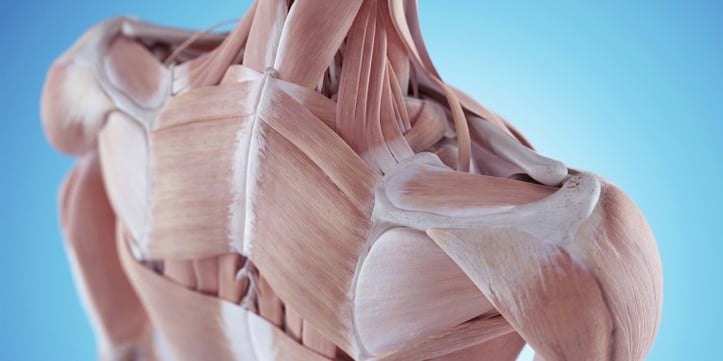
Prevent Shoulder and Rotator Cuff Injuries with Corrective Exercises

Overcome Fitness Plateaus: 4 Tips for Success
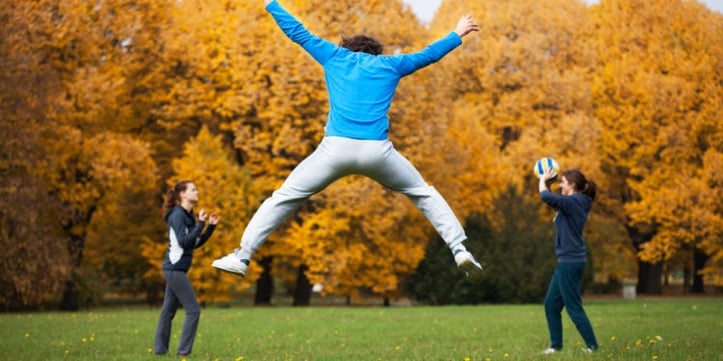
10 x 10 Thanksgiving Day Circuit: A Fitness Guide
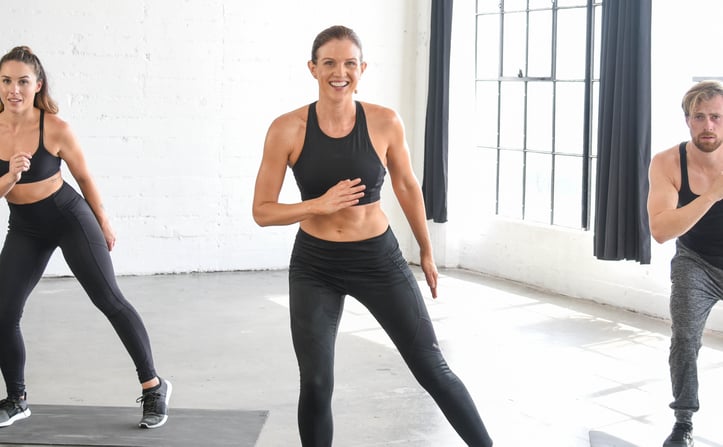
Unleash Your Fitness Potential with Kit Rich's Training Secrets

The Future of Fitness: A Guide for Beginners to Intermediates
